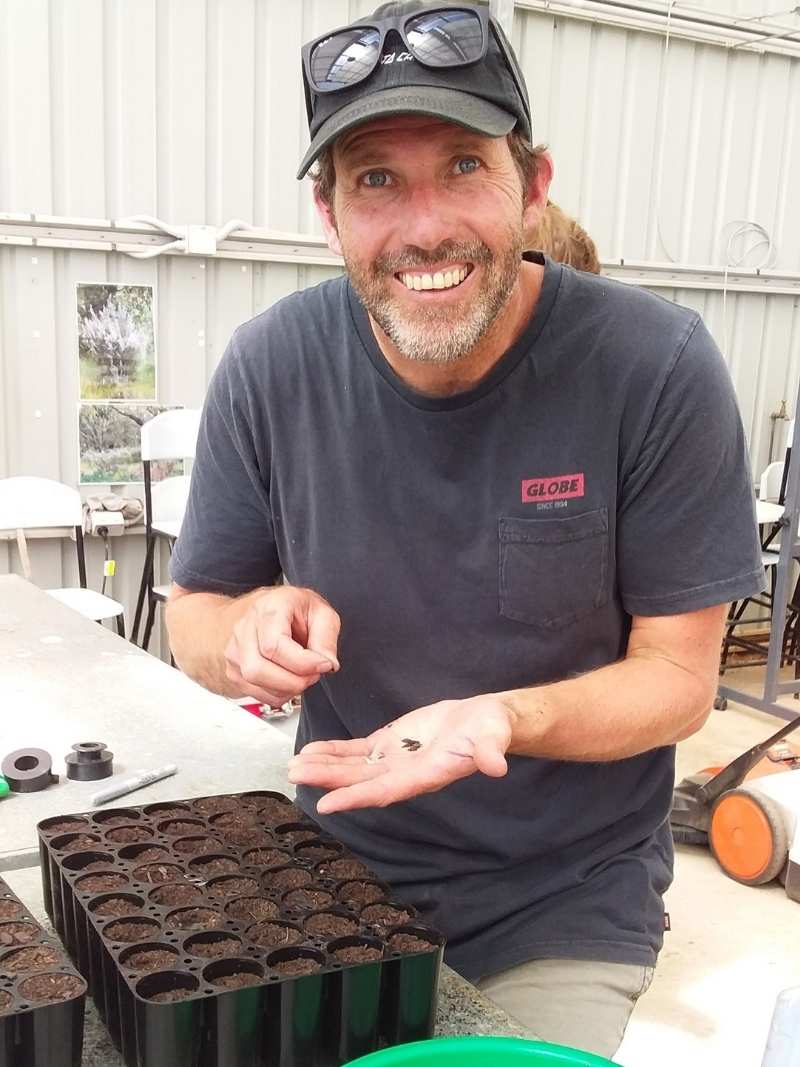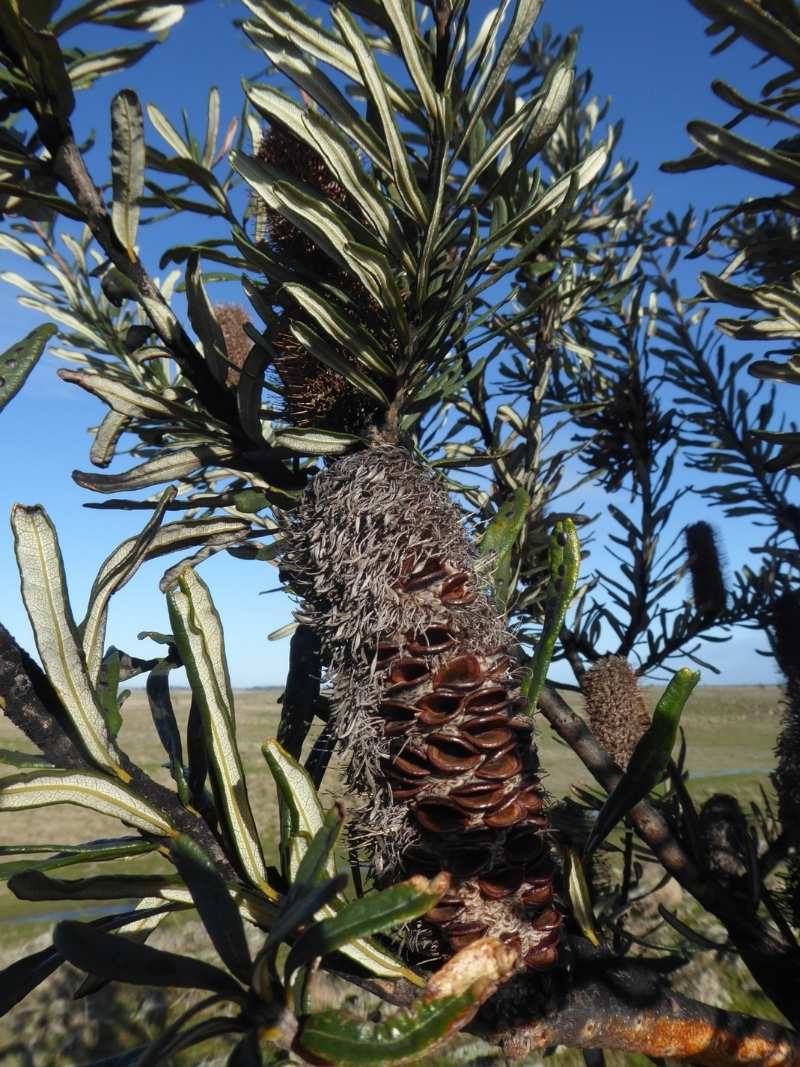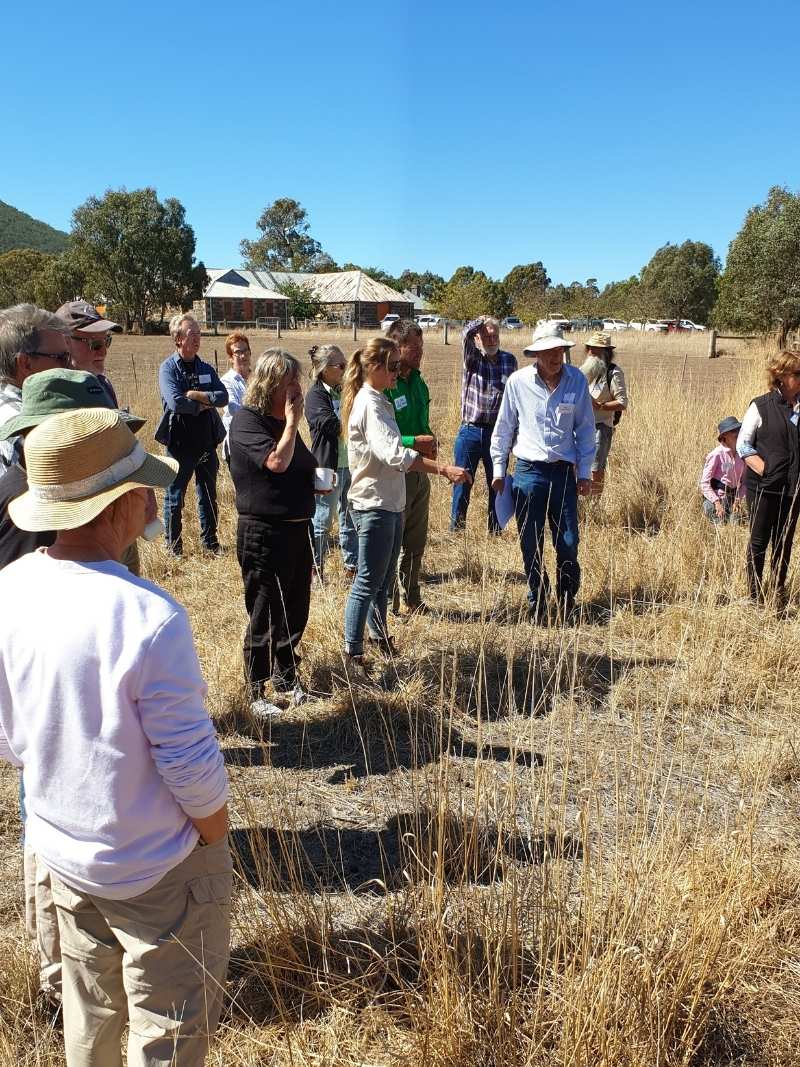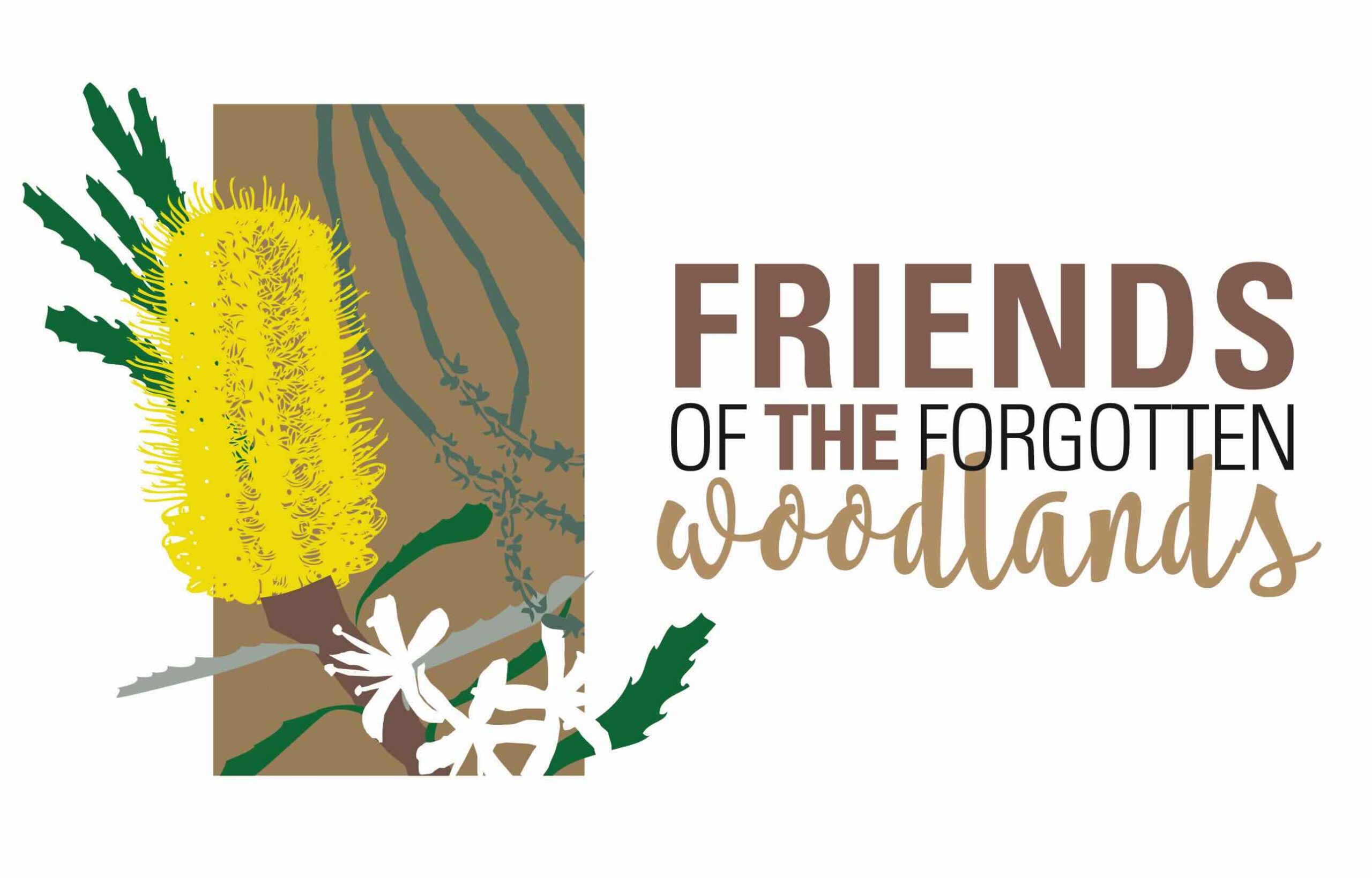WHO ARE THE ‘FRIENDS OF THE FORGOTTEN WOODLANDS INC.’?



WHY FORM FoFW?

No. of Trees grown by FoFW Volunteers
41,000+
This number includes all replacement plantings.
Trees planted by FoFW Volunteers
19,330+
In 33 seed orchard sites. This includes 8 special Seed Production Area (SPA) planting sites.
Trees distributed to other locations
22,110+Trees to
120+ other locations
Research Projects
8
We have sponsored or assisted a number of research reports that fill knowledge gaps.
1. ON-GROUND WORK – SEED COLLECTION, PROPAGATION AND PLANTING
The main focus of FoFW has been to collect seed and propagate from remaining remnants and establish new populations which mix their genetics, helping to overcome issues associated with inbreeding and adaption to changing environments. Local wildlife is also a key beneficiary of such plantings.
- The seedlings are planted in seed orchards (including Seed Production Areas) arranged to maximise genetic diversity and vigour of seed that will be produced. Click here to see photos showing the progress of individual SPA sites
- The trees are GPS and provenance (source) recorded. The first plantings are already producing seed.
- Some plantings include trees sourced from hotter and drier areas which match future expected climates.
We have sponsored or assisted a number of research projects that fill knowledge gaps. Over time, FoFW has built its network to work closely with a wide range of landcare groups, CCMA’s, private and public landowners, local governments, tertiary institutions, VicRoads, and other government agencies.
Currently FoFW have propagated, distributed and also shared with others the task of planting in excess of 41,000 of these three key species back into the VVP landscape from Melbourne to Byaduk. Over 150 planting sites have been used on both public and private land Click here to View Map



Key planting sites are called Seed Production Areas (SPA’s). These include 500 plants of each species with 50 plants from 10 different provenances, including one from a climate 2080 matched provenance to assist with future climate proofing these species. We have 8 such SPA sites which include 500 of each of the 3 key species. The first plantings are already producing seed. Click here to read about SPA Guidelines
Another key feature of the SPA’s and other selected ‘Seed Orchard’ sites is the mapping of all plants through the use of GPS and GIS systems. As well as other important uses this information allows all losses to be replaced each year with the same provenance. Mapping occurs across as many other planting sites as possible – currently we have in excess of 10,000 entries mapped. Click here to read more about Important Achievements
2. RESEARCH
We have sponsored or assisted a number of research projects that fill knowledge gaps. With funding from the Glenelg-Hopkins CMA and Corangamite CMA, the genetics of the remnant Banksia stands were analysed in 2018 by FoFW member Dr Adam Miller of Deakin University (Warrnambool Campus). Fellow FoFW member, Dr Steve Sinclair of Arthur Rylah Institute, has made a thorough analysis of the distribution of past and present populations. These studies show that our group is acting in the nick of time – the populations are isolated but at present retain sufficient genetic diversity to rebuild healthy and resilient populations across the VVP. FoFW have also attracted funding for other research including drought tolerance of different banksia provenances and genetic movement within populations. Additional research projects have been planned after recent FoFW funding was obtained. CLICK here to read more about Research
3. DATA COLLECTION AND MAPPING
Our plantings will, over time, provide reliable VVP provenance seed sources for all three woodland species for future landcare activities. They will also ensure the survival of these species and existing provenances across the VVP.
To ensure full knowledge of our plantings for future research and seed collection the trees are GPS and provenance (source) recorded. Mapping occurs across all SPA’s and as many other seed orchard sites as possible – currently we have in excess of 10,000 entries mapped. Click here to read more about Interactive Mapping and Planting Data
4. COMMUNITY EDUCATION – FORUMS, PRESENTATIONS AND MEDIA
Since 2015, FoFW have held several major public Forums which have enabled the wider public to learn more about the on-ground and research activities of this group. Newspaper and magazine articles and presentations at different events also promote inform the community about our project goals and achievements. Click here to read more about Community Education – Forums, Presentations and Media
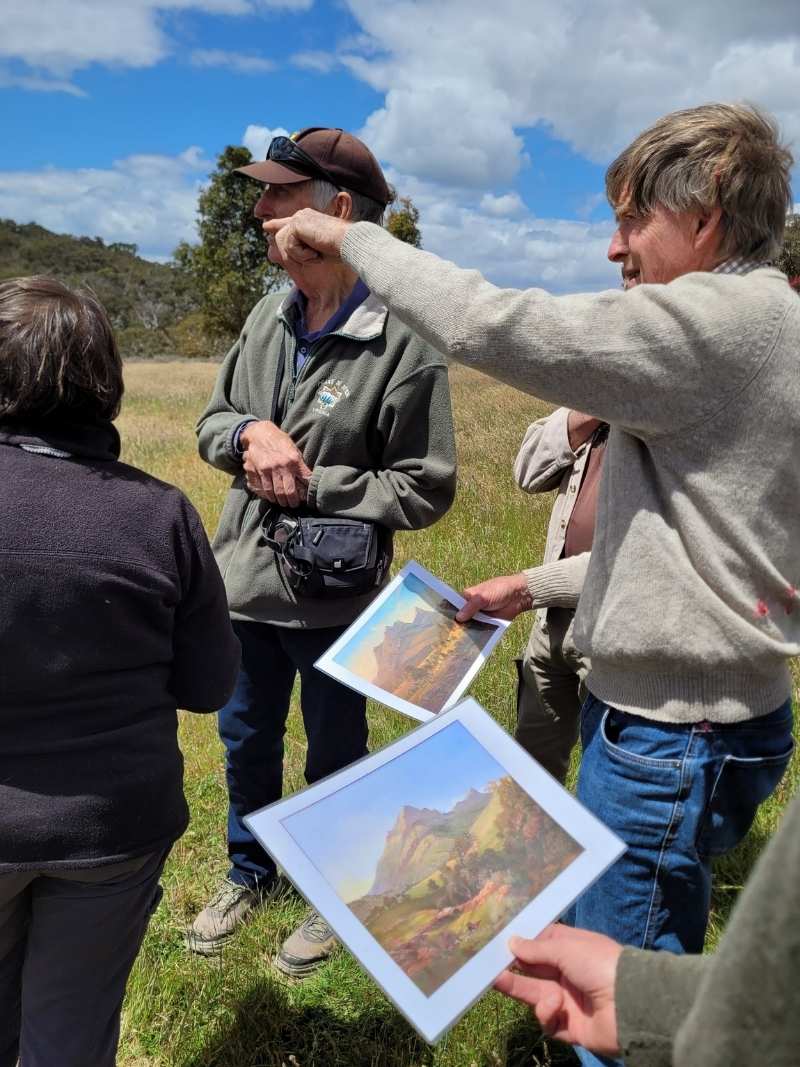
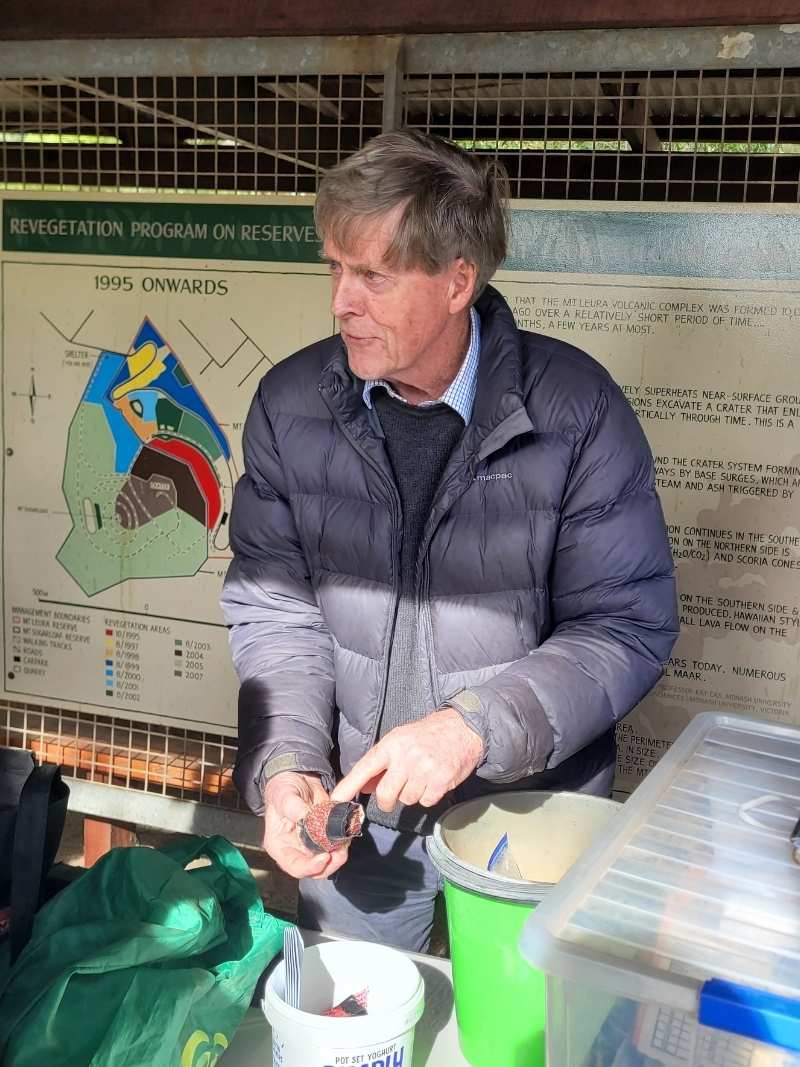
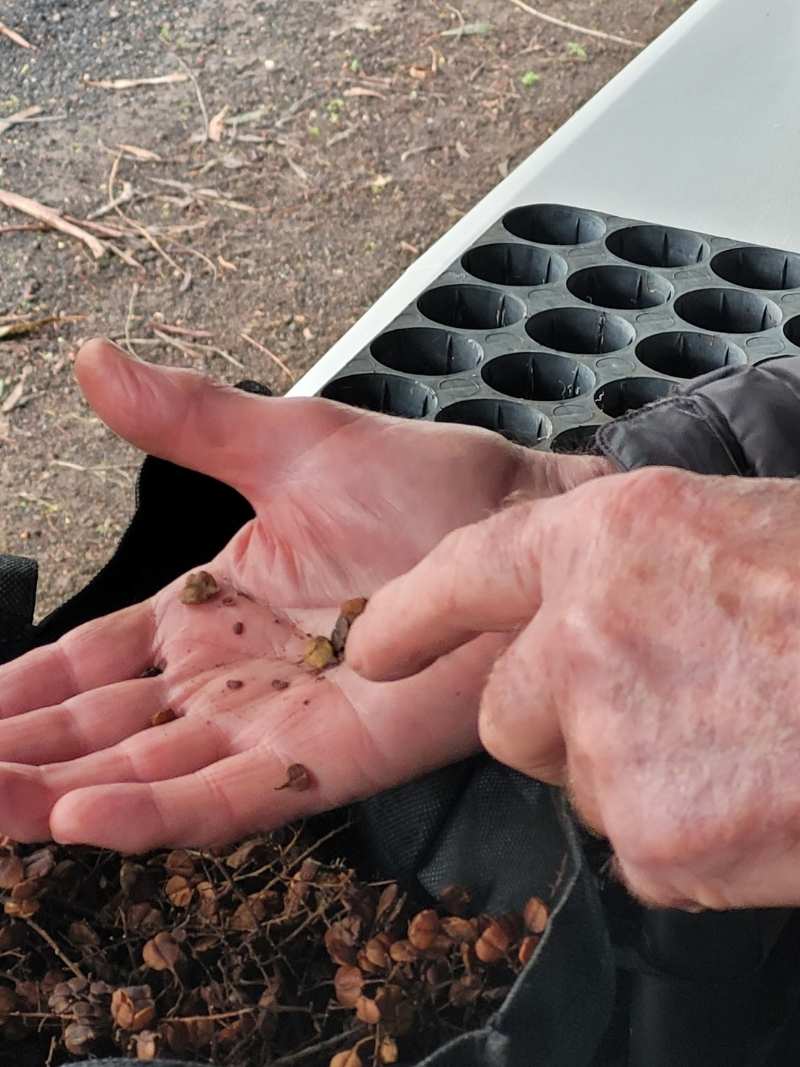
5. COMMUNITY ENGAGEMENT – VOLUNTEERS AND PARTNERSHIPS
FoFW is a volunteer community organisation and as such would love your support. We rely on people like you joining us to help on planting days and by becoming a member. Click here to see what you can do…
Over time, FoFW has built its network to work closely with a wide range of landcare groups, CCMA’s, private and public landowners, local governments, tertiary institutions, VicRoads, and other government agencies. Click here to see a list of our Partnerships
The continuation of our current activities will provide additional opportunities for interested people and organisations. FoFW is always seeking information about unrecorded remnants of these key species and new planting opportunities. New members are always welcomed to join and help with on ground work. Please contact us if you are able to offer any assistance. Alternatively, contact Aggie Stevenson (FoFW President) on 0427 786 243 for more information.
